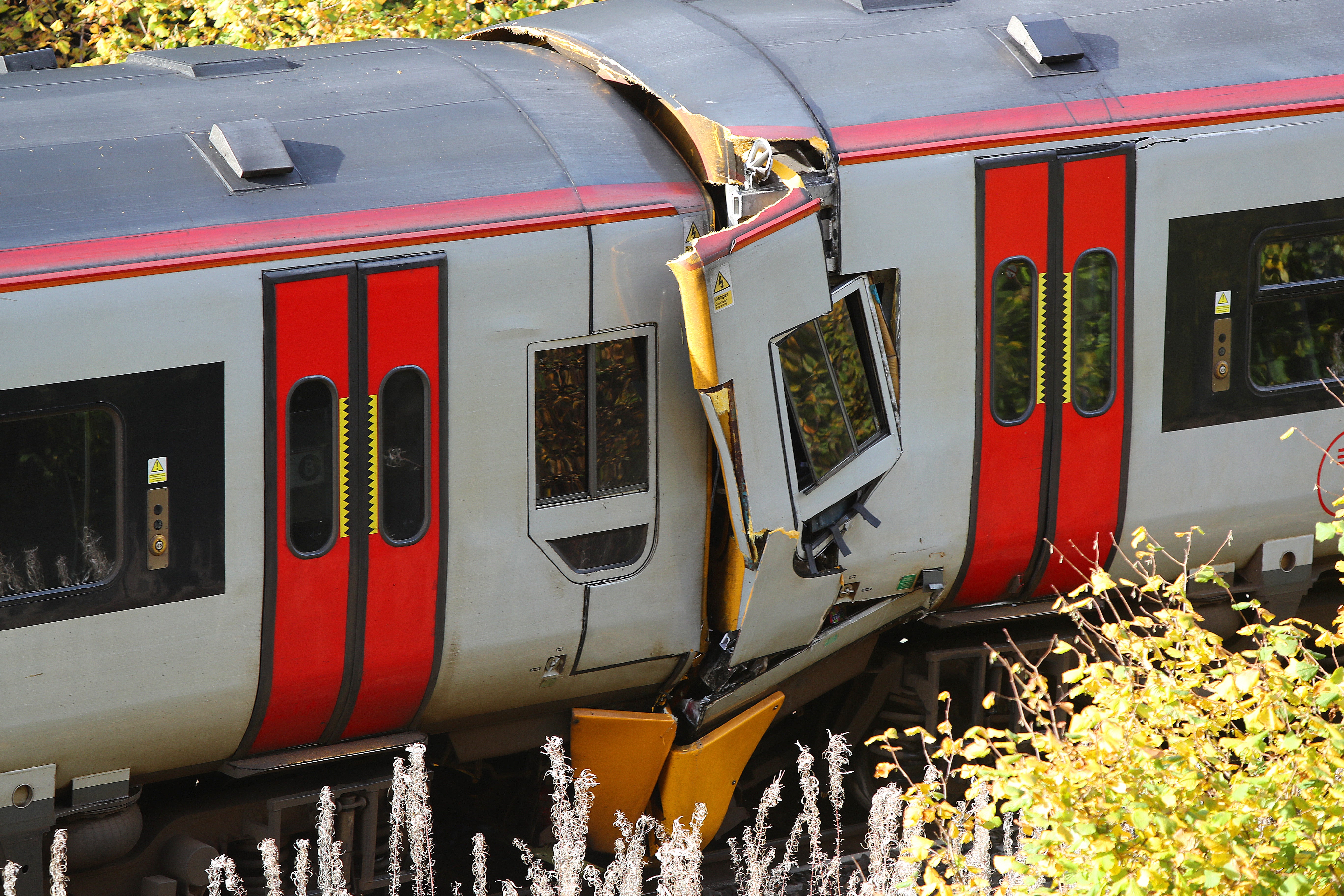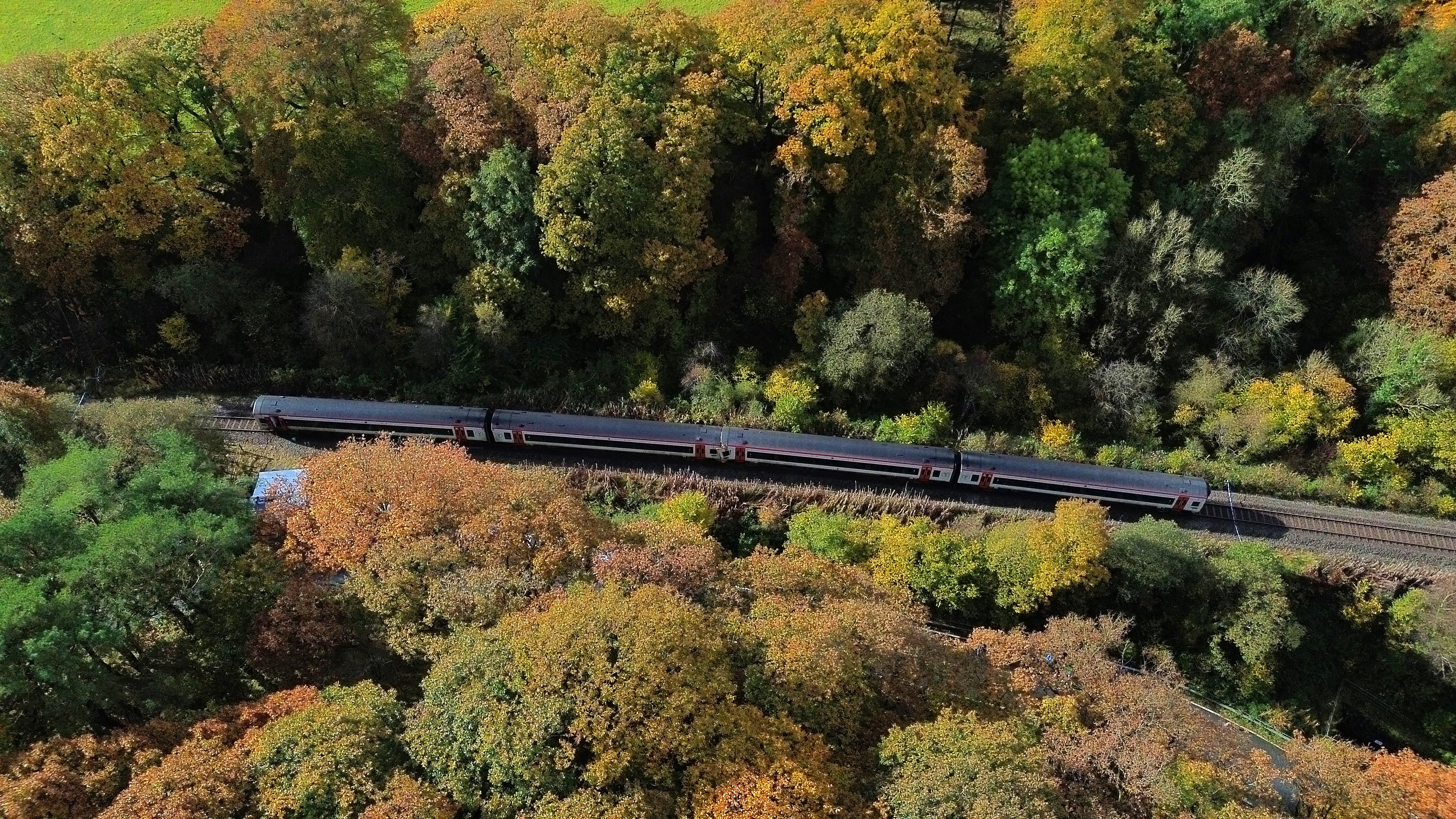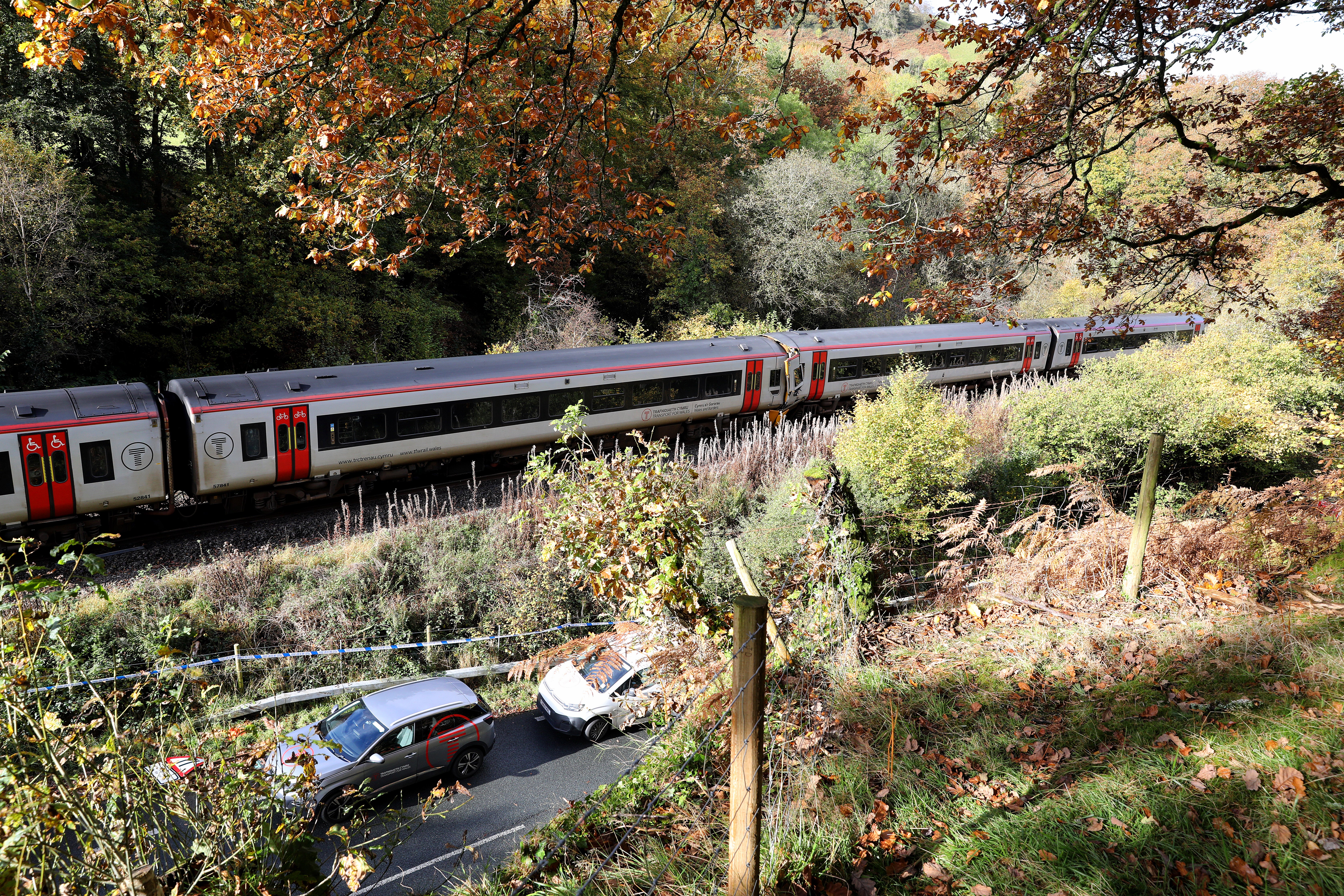Driver of train in horror crash ran in to carriage to warn passengers seconds before head-on collision
Horror stories have been revealed by those on board

Your support helps us to tell the story
From reproductive rights to climate change to Big Tech, The Independent is on the ground when the story is developing. Whether it's investigating the financials of Elon Musk's pro-Trump PAC or producing our latest documentary, 'The A Word', which shines a light on the American women fighting for reproductive rights, we know how important it is to parse out the facts from the messaging.
At such a critical moment in US history, we need reporters on the ground. Your donation allows us to keep sending journalists to speak to both sides of the story.
The Independent is trusted by Americans across the entire political spectrum. And unlike many other quality news outlets, we choose not to lock Americans out of our reporting and analysis with paywalls. We believe quality journalism should be available to everyone, paid for by those who can afford it.
Your support makes all the difference.A train driver ran into the carriage to warn passengers seconds before a horror crash that killed one and left 15 in hospital, those on board have said.
The collision happened on Monday evening near Llanbrynmair in Powys, Wales. The passenger who died was a man in his sixties, police said. His next of kin have been informed.
A further 15 people were taken to hospital following the collision near Llanbrynmair in Powys shortly before 7pm, according to British Transport Police.
The trains, which were both Class 158s operated by Transport for Wales (TfW), were the 6.31pm service from Shrewsbury to Aberystwyth and the 7.09pm service from Machynlleth to Shrewsbury.
News website WalesOnline reported that a passenger on one of the trains, Jonah Evans, 25, said the driver warned travellers what was about to happen.
He said: “The driver ran in and sat on a chair and said ‘Brace yourselves, we’re about to hit a train.’
“Someone lost their teeth, cracked ribs.
“Because the driver told us it was happening, we could kind of get ready.”

A passenger on the Shrewsbury-bound service, Anthony Hurford, told BBC Breakfast: “The word that keeps coming to my head is just ‘brutal’, really. Just going from, I don’t know how fast we were going, maybe 40, 50, 60 miles an hour, to nothing in the blink of an eye.
“Somehow my body bent the leg of a table and ripped it off its bolts attached to the wall. Suddenly I was on the floor with my laptop strewn ahead of me wondering what the hell had happened.
“We tried to stop at the lights. At the top of the hill, there’s a signal that I guess would’ve been a passing place and for whatever reason the train wouldn’t stop.
“There must’ve been 30, 40 people from fire [service], there was British Transport Police who had come from Birmingham, there were three helicopters, people had come from north and south Wales as far as I’m aware. I was checked by three or four different medics.”
Network Rail and TfW said in a joint statement it was a “low-speed collision”.
Both trains remained on the tracks.
The crash happened on the Cambrian line in a rural location with a single track, close to a passing loop where trains travelling in opposite directions can pass each other.
Earlier on Monday TfW advised passengers that its services were running at reduced speeds through Dovey Junction station – which is on the same line – because previous trains reported the track was “extremely slippery”.
The operator suspended all services on the separate Heart of Wales line on Tuesday “until further notice” due to “poor rail conditions”.
Leaves cause major disruption every autumn when they stick to damp rails and become compressed by train wheels.

This creates a smooth, slippery layer similar to black ice on roads, reducing trains’ grip.
Speed restrictions are often imposed in an attempt to reduce accidents such as the crash between two trains outside a tunnel near Salisbury, Wiltshire, in October 2021 which left 13 passengers and one driver requiring hospital treatment.
A South Western Railway (SWR) train slipped on crushed leaves, causing it to slide past a stop signal and smash into the side of a Great Western Railway service.
The SWR train was a Class 159, which is in the same family as the 158s.
Railway engineer Gareth Dennis said modern safety systems on Britain’s railways mean there is “very little” that can cause a collision between two trains.
He told the PA news agency that investigators will “look very closely” at whether it was caused by “low adhesion” between train wheels and the track.
Mr Dennis said a second potential reason could be that the European Train Control System (ETCS), which is an in-cab digital signalling system designed to keep trains apart, “failed in some way”.
The Cambrian line was used to test ETCS – part of the European Rail Traffic Management System (ERTMS) before it was rolled out onto the East Coast Main Line.

In October 2017 temporary speed restriction data was not sent to four trains travelling on the coastal section of the Cambrian line due to a failure with the ERTMS system.
This did not result in an accident, but one train approached a level crossing at 50mph, when the speed limit was reduced to 19mph to give adequate warning to crossing users.
The Rail Accident Investigation Branch (RAIB) issued an update on 3 October stating that its recommendations to Network Rail and the wider rail industry to improve the use of ERTMS had been acted on appropriately.
The branch said a team of inspectors are at the site of Monday’s crash, and it has launched an investigation.
The last incident in which a passenger died following a collision on Britain’s railways was the derailment of a ScotRail train which hit a landslip in heavy rain in Stonehaven, Aberdeenshire, in August 2020.
A passenger, driver and conductor died, and six other people were injured.
Network Rail and TfW said: “We are working closely with other agencies, including emergency services, to understand how this incident happened and they will have our full support.”
Transport secretary Louise Haigh said: “Safety on our railways is my absolute priority and we are working at pace with Transport for Wales and Network Rail to understand what happened and how we can better prevent it going forward.”
The Cambrian line east of Machynlleth will remain closed while specialist teams investigate the collision.
Join our commenting forum
Join thought-provoking conversations, follow other Independent readers and see their replies
Comments